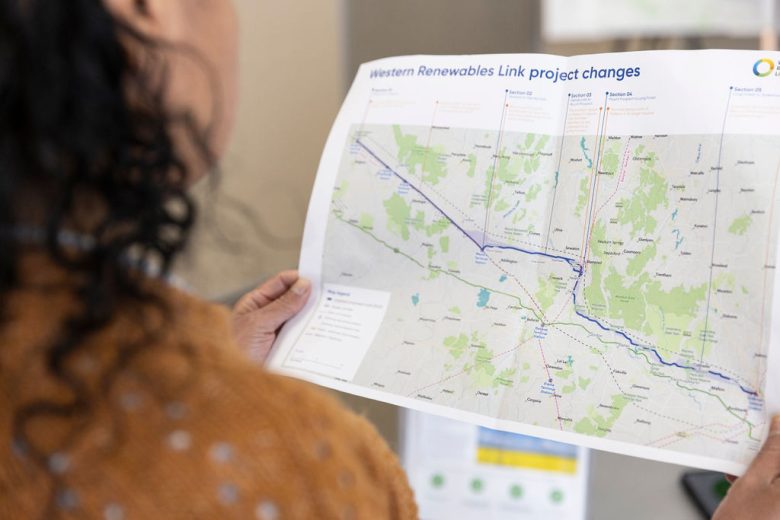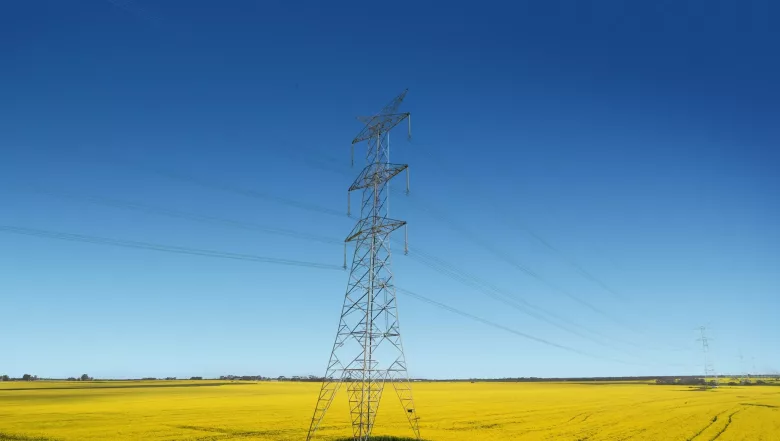FAQs
Search Results
Transmission line infrastructure
What is the difference between transmission and distribution lines and networks?
Electricity travels via two types of power lines – transmission lines and distribution lines.
Transmission power lines transport electricity at extra high voltages from generators such as a coal-fired power stations, wind or solar farms, to terminal stations. They generally range in voltage from 132kV up to 500kV. The voltage of electricity from the transmission network is stepped down at the terminal stations and substations to a lower voltage before it is transferred to the distribution network.
Distribution power lines transport the electricity from the substations and carry electricity through many of our residential streets to homes and businesses. They range in voltage from 240V up to 66,000V (66kV).
The transmission network and distribution networks are different types of infrastructure and require a different management approach. Each network has specific management plans that set out processes and procedures for fire prevention and vegetation management.
In compliance with ESV regulations, AusNet Services has prepared Vegetation Management Plans and Bushfire Mitigation Plans for both the transmission and distribution networks that are audited annually by ESV. The plans are available here.



